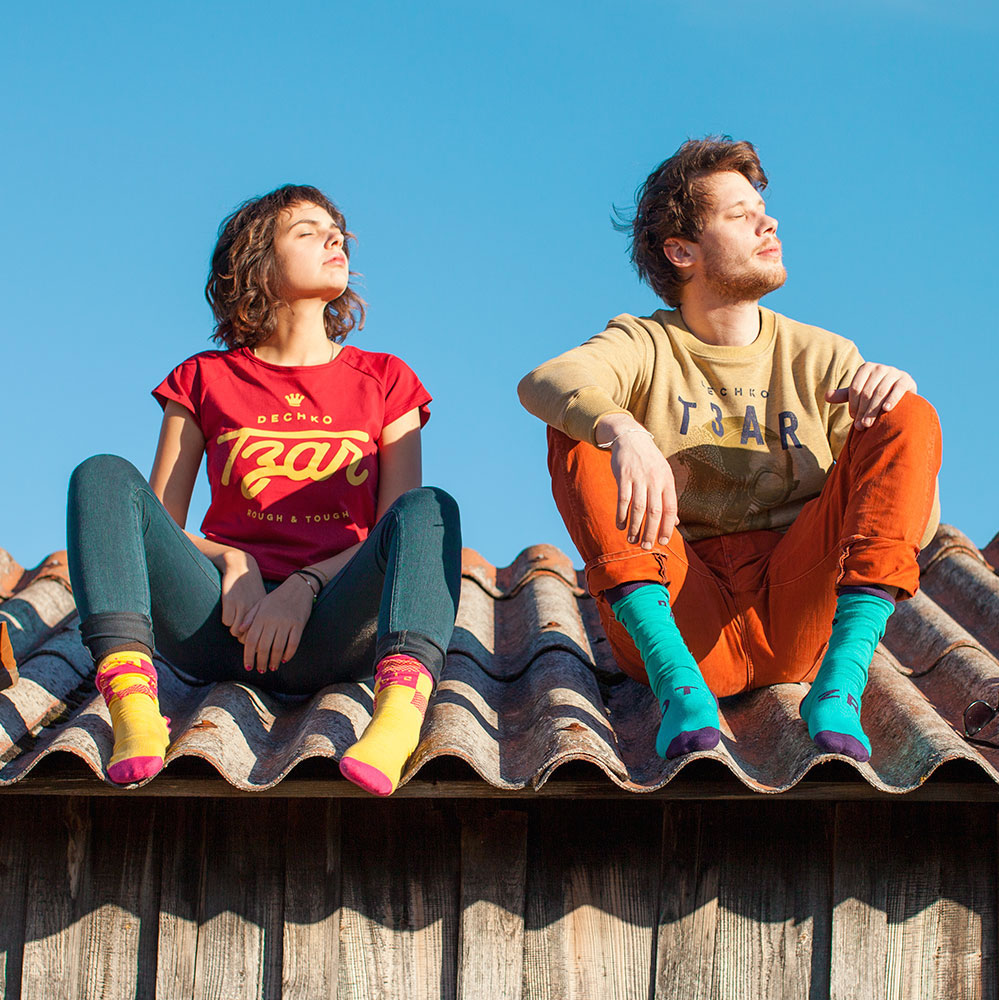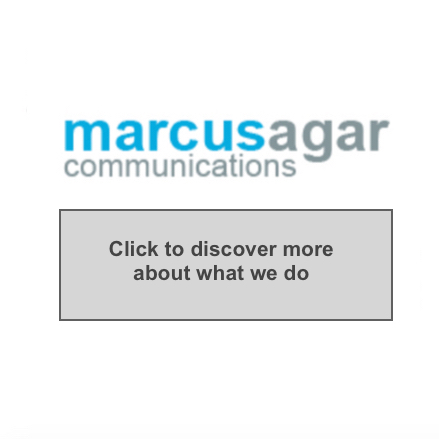All Roads Lead to Belgrade – Even If They Are Jammed
 I am probably not telling you anything that you do not already know: Traffic in Belgrade is a nightmare. Anyone who has driven in the Serbian capital is likely to be nodding in agreement with my statement. What is more difficult for me to appreciate is why the traffic is quite so bad, why Belgrade is notorious for gridlock in the city and congestion on its bridges.
I am probably not telling you anything that you do not already know: Traffic in Belgrade is a nightmare. Anyone who has driven in the Serbian capital is likely to be nodding in agreement with my statement. What is more difficult for me to appreciate is why the traffic is quite so bad, why Belgrade is notorious for gridlock in the city and congestion on its bridges.
Even with the extravagant new bridges across the Sava, traffic snarl-ups are still commonplace at extended peak times. Heavy traffic has become such a norm that drivers seem to have accepted it as a part of daily life.
While I have not yet braved driving in Belgrade, I have spent a lot of time riding in the back of the city’s taxis and being driven by friends. That has been experience enough.
So far I have been in only one Belgrade car smash – when I was a passenger during an early morning shunt with a mercedes – although how I have avoided more collisions, heaven only knows. I am not ashamed to say that I have half-closed my eyes a few times while being driven across (and not always round) Slavija.
It is not all about cars. As well as tailbacks over the bridges and on major thoroughfares, I have been amazed by how many fume-brewing trucks rumble along the main artery past the rail and bus station. In most major cities, these would be diverted away from the centre, but not in Belgrade. In general, these heavy goods vehicles are not delivering stock to shops or carrying goods necessary to keep the city open for business. They are mostly carrying industrial and construction materials, but still they clog and pollute the city. It is no wonder that many buildings are so soot-engrained if the commercial traffic is anything to by.
After a few days in Belgrade, my sinuses are badly irritated by the emissions from the aged lorries and run-down vehicles that fill the city with fumes and grime. That is usually my cue to make a dash for one of Belgrade’s many parkland havens or down to the riverside.
One transport-based initiative that works well is the sms payment for on-street parking. With just a text you are covered to park for a set period, and then you receive a reminder text when your time is running out. It is a simple and effective system that I would like to see rolled out more widely. After parking in Novi Sad recently, my friend Ivan realised that he needed to pay for his spot. We were in a bar already and so the waiter gave us a code to text. All seemed good, until a few minutes later Ivan realised that he had paid for higher grade parking, and probably not even in the correct parking street. Who would have thought that even in parking there is a two-tier class structure.
Public transport across much of the Balkans is a hit and miss affair and passenger comfort is not always a consideration. I guess there is something to be said for the ubiquitous gift-from-Japan buses that roll along Balkan streets – there was a time when they were most welcome and served a purpose back in the day – but surely that day has passed and they should be laid to rest in some scrapyard. Thankfully, they are being replaced and Belgrade’s main streets mostly enjoy newer public transport, including a tram system that is frequent and cheap (for those who actually bother to pay).I will leave the issue of trains for another time.
Forgetting the quality of the vehicles, my experiences of using public transport in Belgrade have been quite cordial, with my very first bus trip leaving a lasting impression. It started when I landed at Belgrade’s Nikola Tesla Airport and a guy approached to offer his assistance. I didn’t ask for help and he was not touting for business. He just thought that I looked in need of a little aid. Then on the bus to the city, I was prompted into friendly conversation from two rush-hour passengers who enquired about my trip, where I was from, and welcomed me to their city. Again, it was spontaneous and genuine interest from people who seemed to care that I felt comfortable in their city. Each time I was greeted with a pleasant “welcome to Belgrade”. Even the ticket conductor made a genuine effort to wish me an enjoyable stay in Serbia and offered travel advice. That warm reception to Belgrade continues to this day and is a major asset for visitors. Don’t let it change.
 Marcus Agar has been commissioned by Wannabe Magazine to write a series of reports. Click for Serbian or an interview in English or Serbian.
Marcus Agar has been commissioned by Wannabe Magazine to write a series of reports. Click for Serbian or an interview in English or Serbian.


11 / 8 / 2011 1:18 am
I am a qualified female driving instructor living in Birmingham UK. Driving is part of life, it gets us where we need to go and helps us complete tasks in our everyday lives yet we often don’t respect how dangerous can be. I’ve noticed that in Serbia, almost everybody can be very impatient. Many drivers often don’t stop at pedestrian crossings. They generally drive too fast, over-take on bends and drive far too close behind the car in front. Would anybody like to offer me the job of teaching Serbian people how to drive to a strict British standard? I guarantee that this would have a positive impact on Serbian roads and would vastly improve road accident/injury statistics.
http://www.facebook.com/femaledrivingschool